About DC-9:
The McDonnell Douglas DC-9 is an American five-abreast, single-aisle aircraft designed by the Douglas Aircraft Company. It was initially produced as the Douglas DC-9 prior to August 1967, after which point the company had merged with McDonnell Aircraft to become McDonnell Douglas. Following the introduction of its first jetliner, the high-capacity DC-8, in 1959, Douglas was interested in producing an aircraft suited to smaller routes. As early as 1958, design studies were conducted; approval for the DC-9, a smaller all-new jetliner, came on April 8, 1963. The DC-9-10 first flew on February 25, 1965, and gained its type certificate on November 23, to enter service with Delta Air Lines on December 8.
The DC-9 is powered by two rear-mounted Pratt & Whitney JT8D low-bypass turbofan engines under a T-tail for a cleaner wing aerodynamic. It has a two-person flight deck and built-in airstairs to better suit smaller airports. The aircraft was capable of taking off from 5,000 ft runways, connecting small cities and towns in the jet stream of air travel where jet service was previously impossible. The Series 10 aircraft are 104 ft (32 m) long for typically 90 coach seats. The Series 30, stretched by 15 ft (4.5 m) to seat 115 in economy, has a larger wing and more powerful engines for a higher maximum takeoff weight (MTOW); it first flew in August 1966 and entered service in February 1967. The Series 20 has the Series 10 fuselage, more powerful engines, and the Series 30's improved wings; it first flew in September 1968 and entered service in January 1969. The Series 40 was further lengthened by 6 ft (2 m) for 125 passengers, and the final DC-9-50 series first flew in 1974, stretched again by 8 ft (2.5 m) for 135 passengers. When deliveries ended in October 1982, 976 had been built. Smaller variants competed with the BAC One-Eleven, Fokker F28, and Sud Aviation Caravelle, and larger ones with the original Boeing 737.
The original DC-9 was followed by the second generation in 1980, the MD-80 series, a lengthened DC-9-50 with a larger wing and a higher MTOW. This was further developed into the third generation, the MD-90, in the early 1990s, as the body was stretched again, fitted with V2500 high-bypass turbofans, and an updated flight deck. The shorter and final version, the MD-95, was renamed the Boeing 717 after McDonnell Douglas's merger with Boeing in 1997; it is powered by Rolls-Royce BR715 engines. The DC-9 family was produced between 1965 and 2006 with a total delivery of 2441 units: 976 DC-9s, 1191 MD-80s, 116 MD-90s, and 155 Boeing 717s. As of August 2022, 250 aircraft remain in service: 31 DC-9s (freighter), 116 MD-80s (mainly freighter), and 103 Boeing 717s (passenger), while the MD-90 was retired without freighter conversion.
About Valujet :
ValuJet Airlines was an ultra low-cost airline in the United States that operated from 1992 until 1997, when it was rebranded as AirTran Airlines after joining forces with AirTran Airways. It was headquartered in unincorporated Clayton County, Georgia[2] and operated regularly scheduled domestic and international flights in the Eastern United States and Canada[3] during the 1990s. The company was founded in 1992 and was notorious for its sometimes dangerous cost-cutting measures. All of the airline's planes were purchased used from other airlines; very little training was provided to workers; and contractors were used for maintenance and other services. ValuJet quickly developed a reputation for safety issues. In 1995, the military refused the company's bid to fly military personnel over safety worries, and officials at the FAA wanted the airline to be grounded.
The crash of Flight 592 in 1996, which was caused by illegally and improperly stored hazardous materials on board, spelled doom for the airline. ValuJet was grounded the next month and not allowed to fly again until September of that same year, with a greatly reduced fleet. The airline's major customers never returned, and the company suffered major losses.
In 1997, ValuJet purchased the much smaller AirTran Airways. Although ValuJet was the nominal survivor, executives believed that a new name was important to regain passenger traffic, so the new company adopted the AirTran name in a reverse takeover. After the sale, AirTran made little mention of its past as ValuJet. AirTran was bought by Southwest Airlines in 2011 and ended flights in 2014.
Credit:
Plane:
Uzidoorman
AverageFedExMD11
Livery :
Me
DONT MAKE CRASH OR ELSE!!!!!!!!!!!!!!!!!!!!!!!!!!!!!!!!!!!!!!!!!!!!!!!!!!!!!!!!!!!!!!!!!!!!!!!!!

Specifications
Spotlights
- Cellado 6 months ago
General Characteristics
- Predecessor DC-9-14 Continental Airlines [N626TX]
- Created On Windows
- Wingspan 94.1ft (28.7m)
- Length 129.6ft (39.5m)
- Height 29.9ft (9.1m)
- Empty Weight N/A
- Loaded Weight 44,655lbs (20,255kg)
Performance
- Power/Weight Ratio 0.452
- Horse Power/Weight Ratio 0.011
- Wing Loading 20.5lbs/ft2 (100.3kg/m2)
- Wing Area 2,173.6ft2 (201.9m2)
- Drag Points 7877
Parts
- Number of Parts 467
- Control Surfaces 9
- Performance Cost 2,699

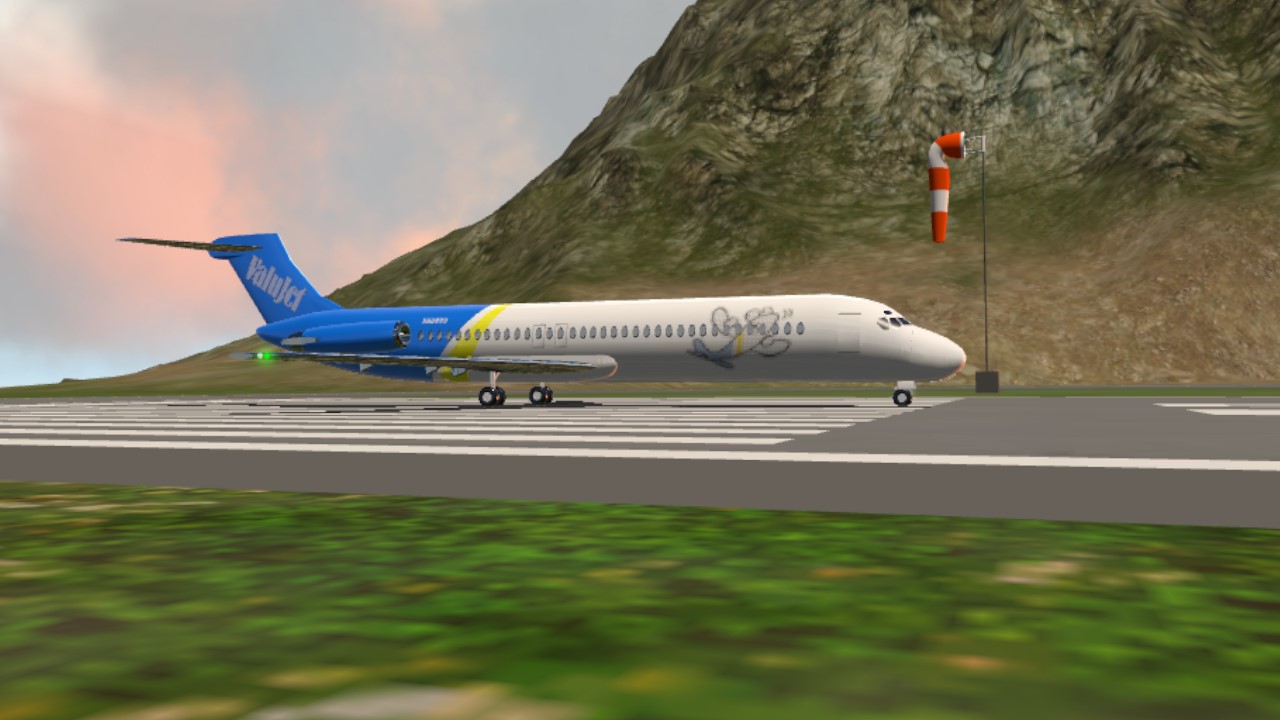
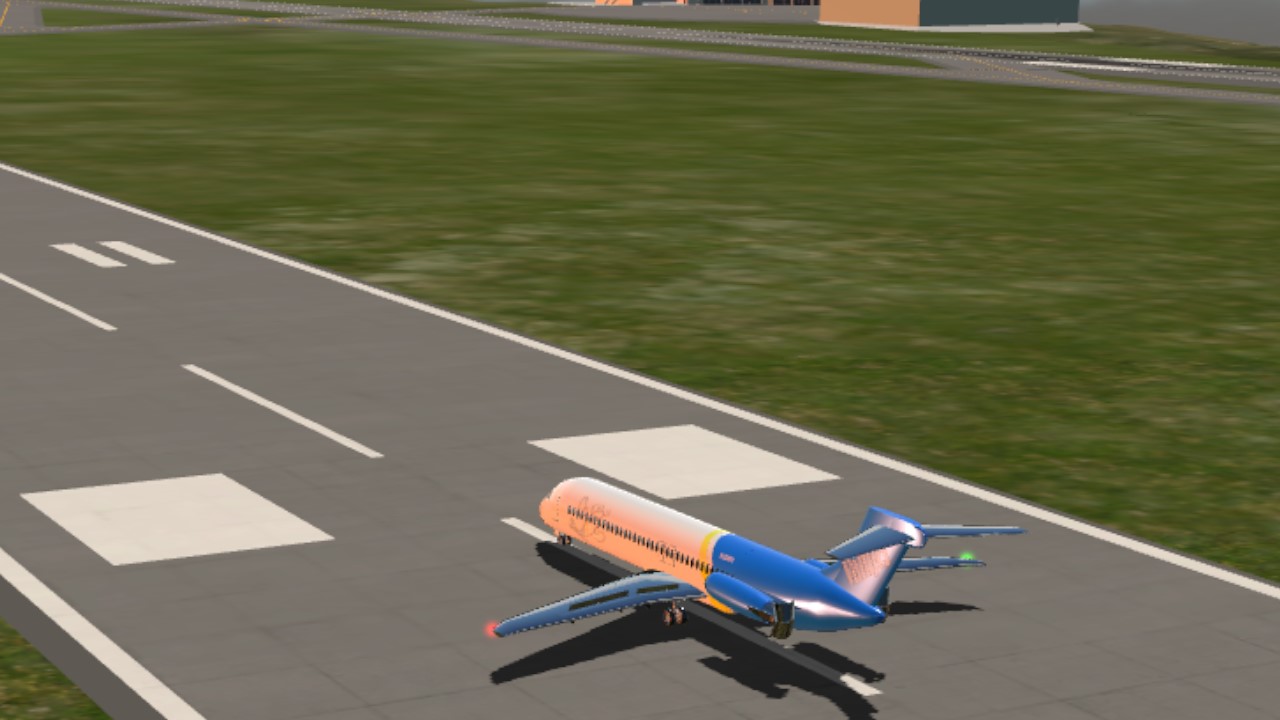
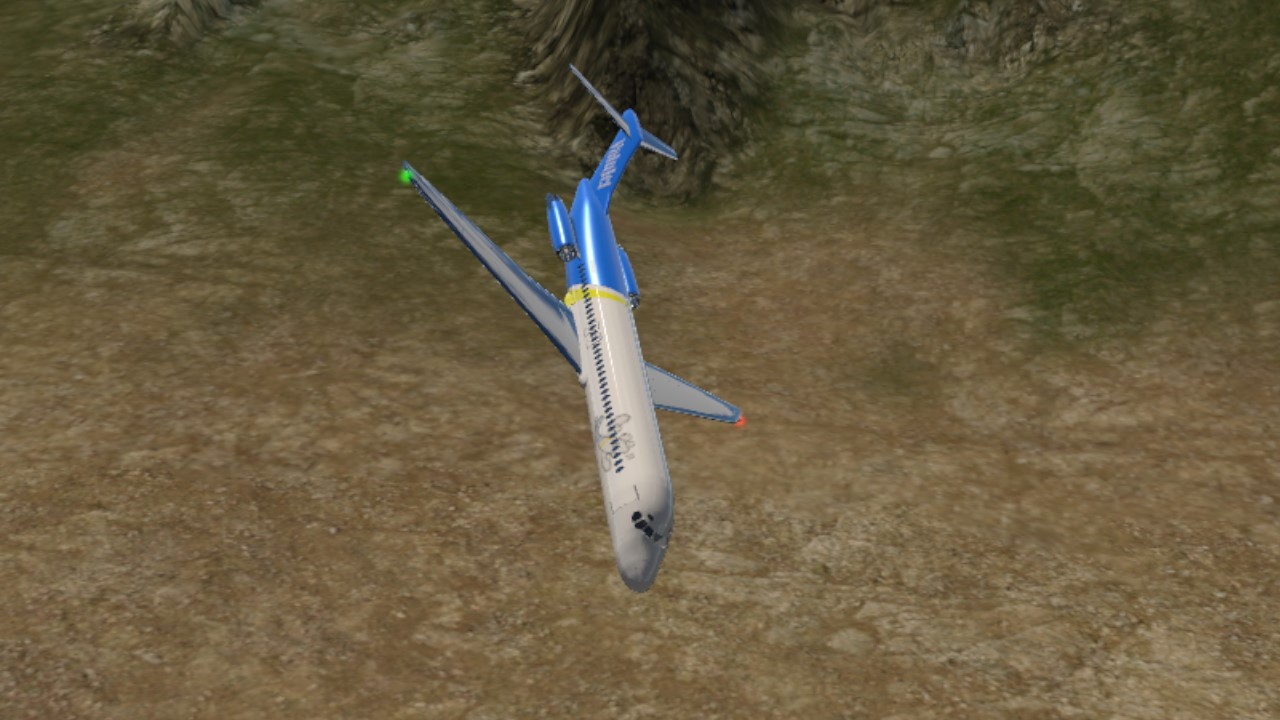

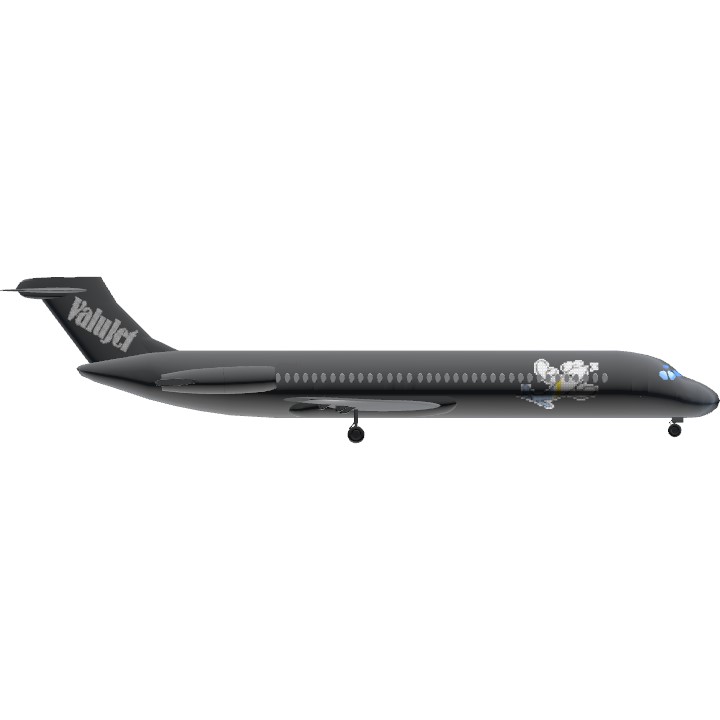
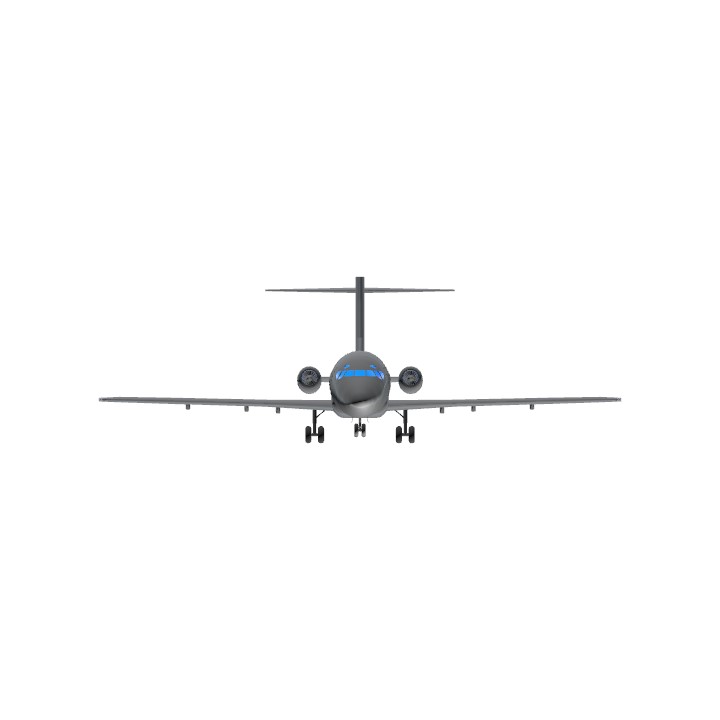
Note:
-This is a plane crash, do NOT use this aircraft for the most obvious ways possible or else
Fix Bugs Version
Can you make an inex adria aviopromet Airlines flight 1380?
I’ve been thinking about a better valujet dc-9 model, thanks a bunch!
Great Value DC-9.
Average normal flight in Florida 🐊💀